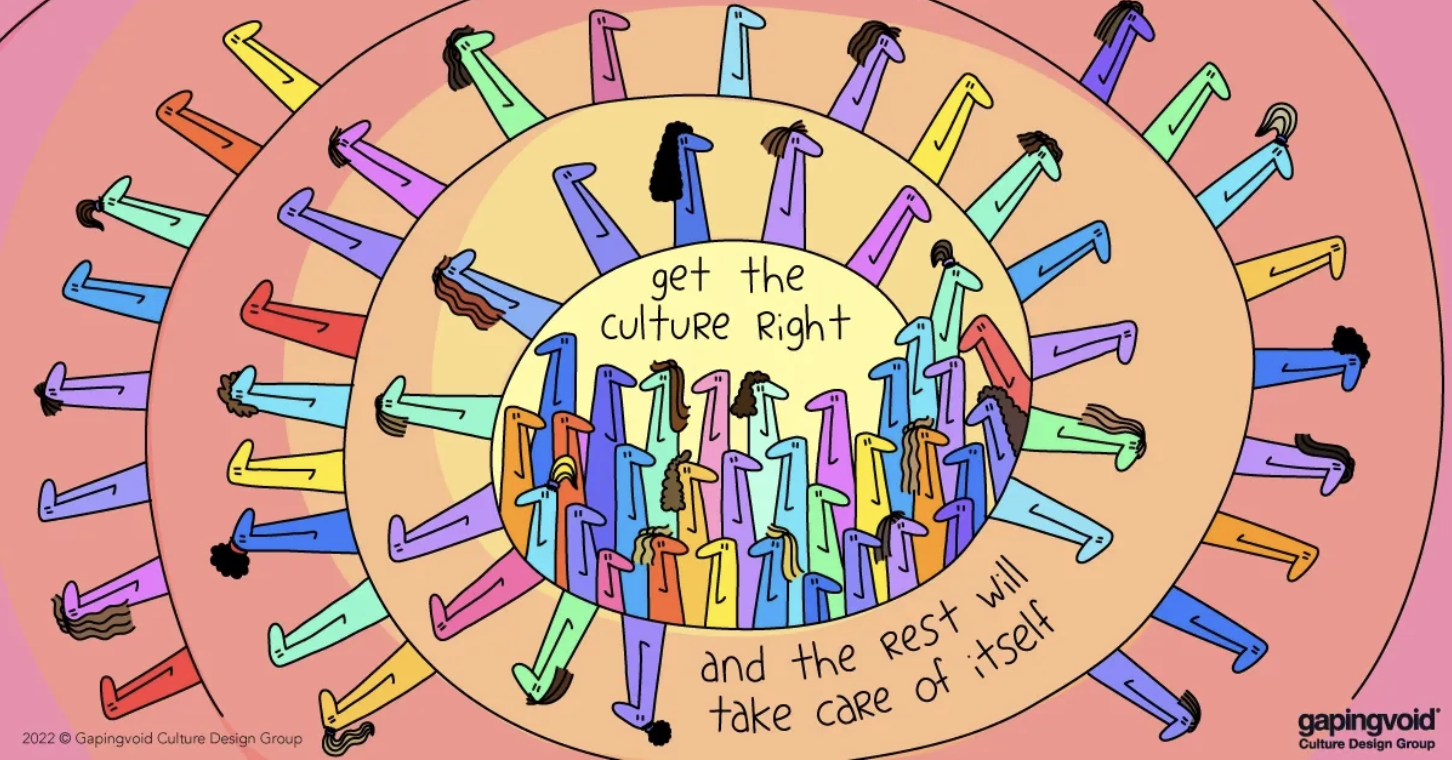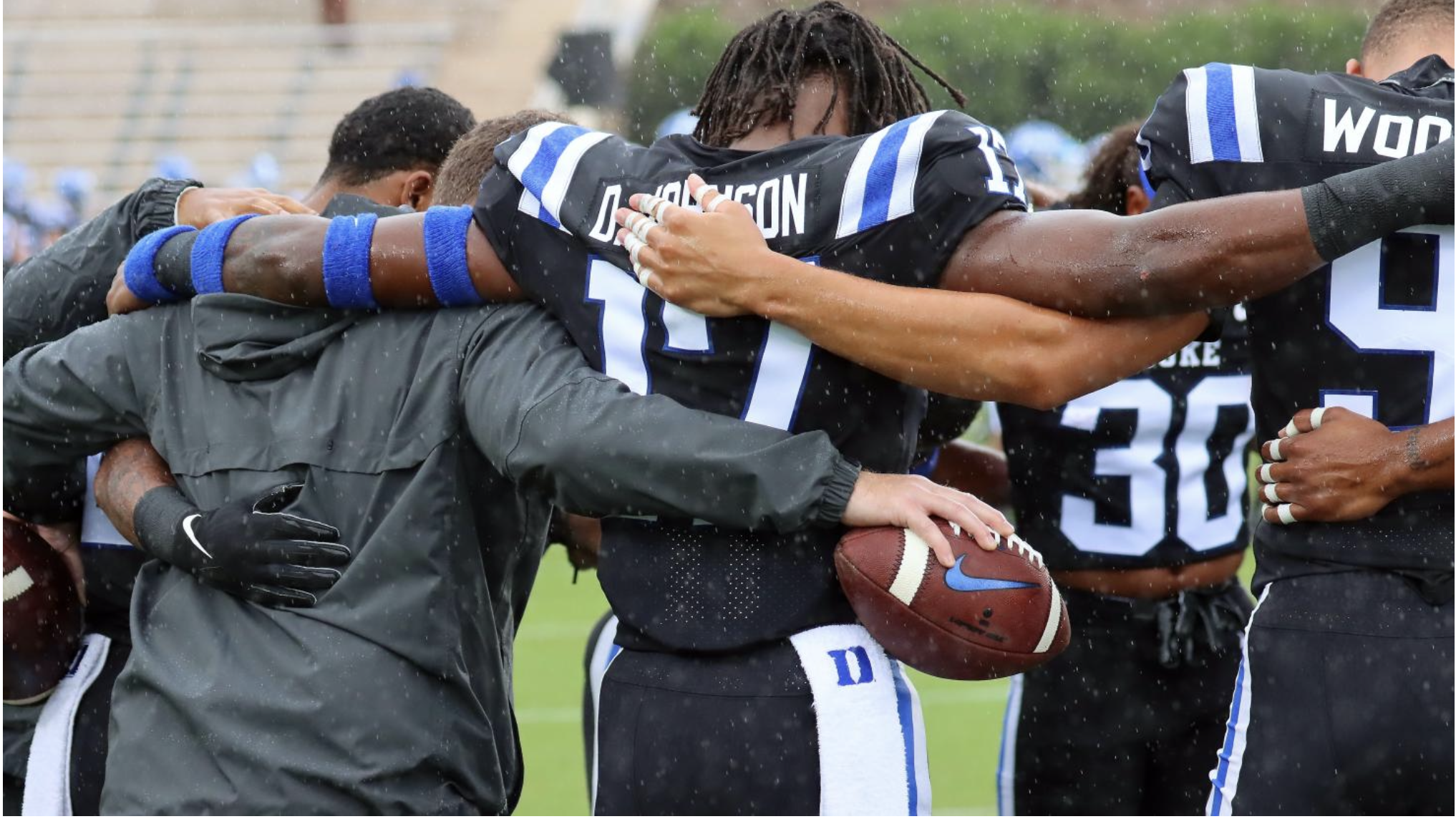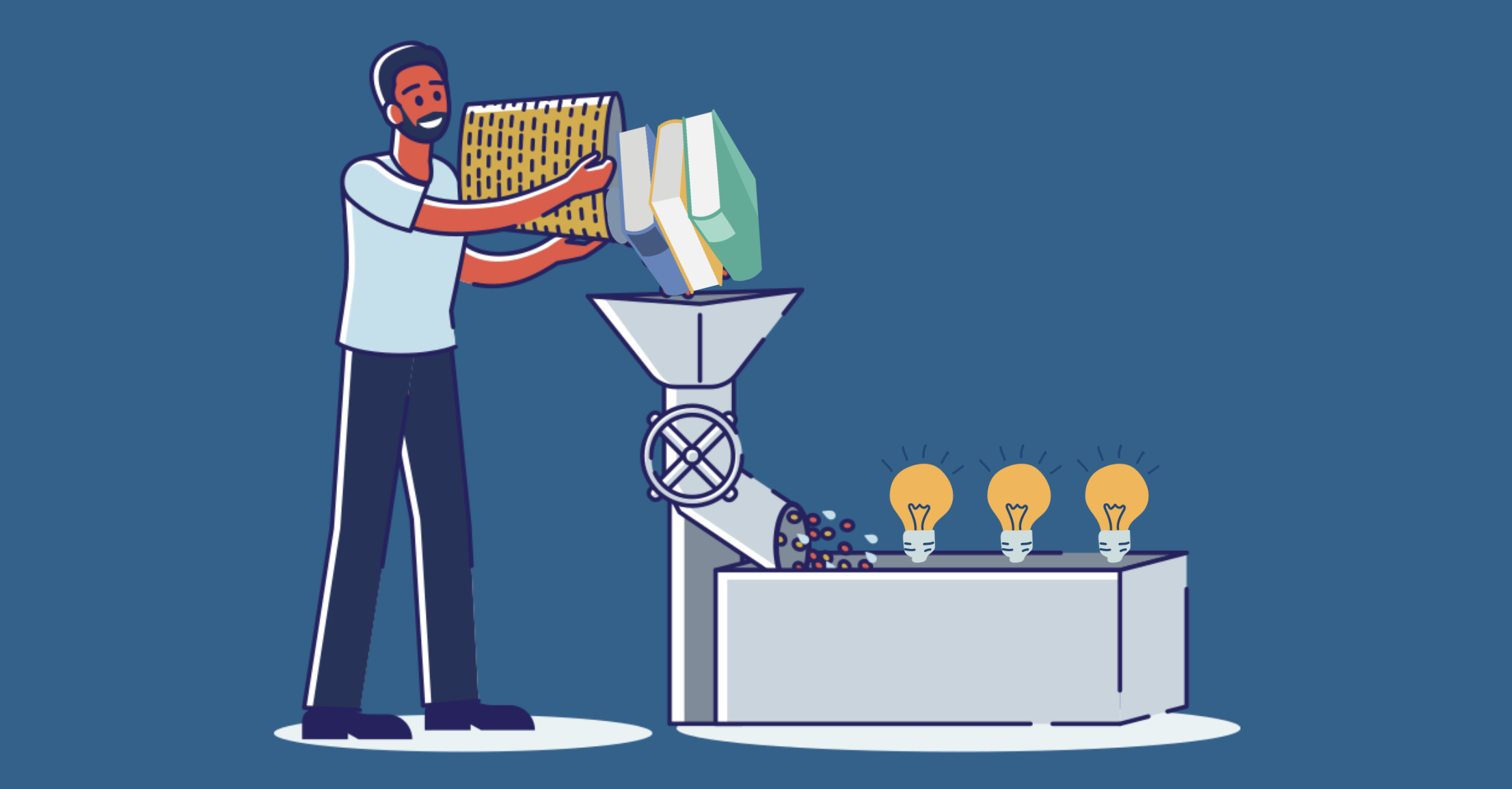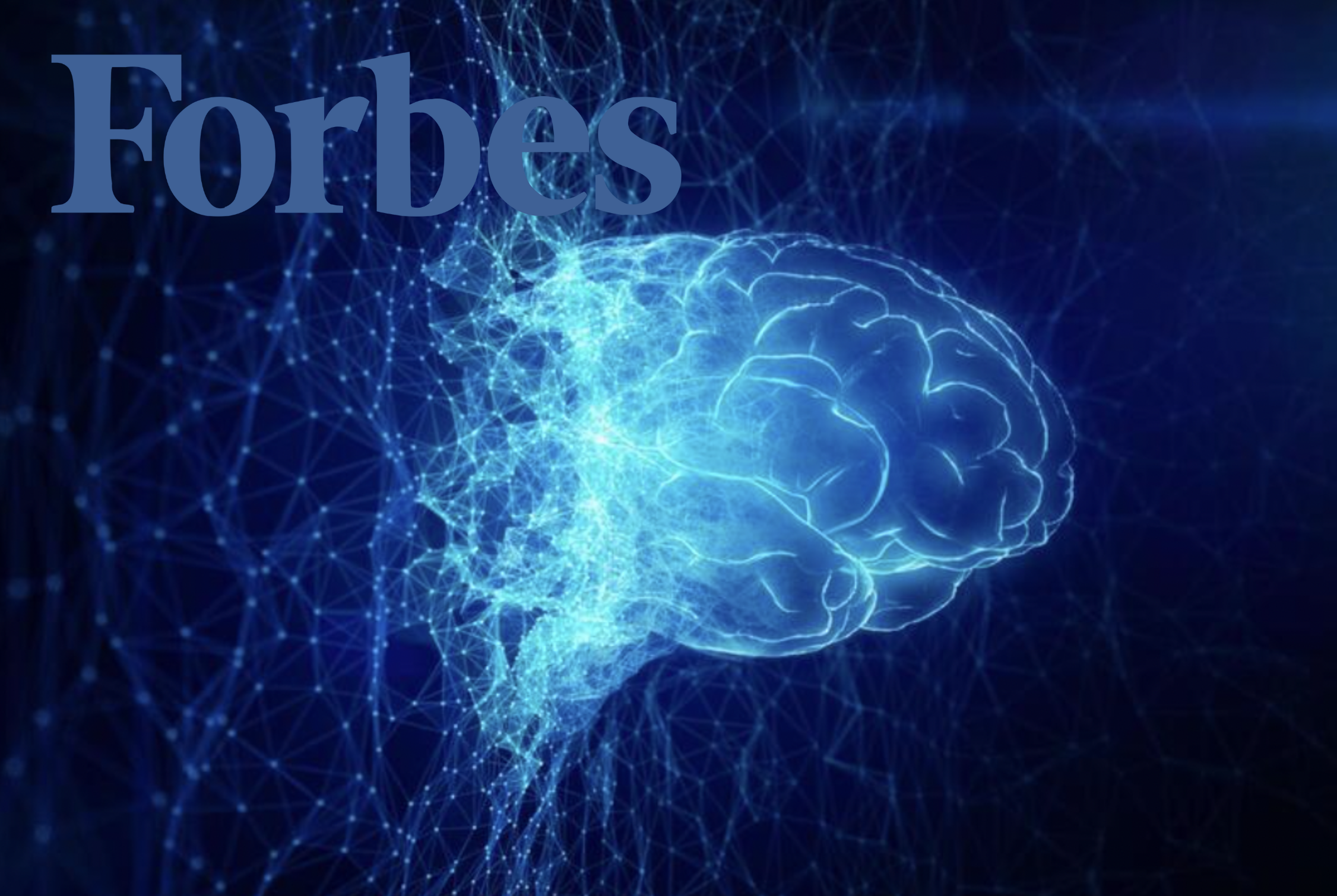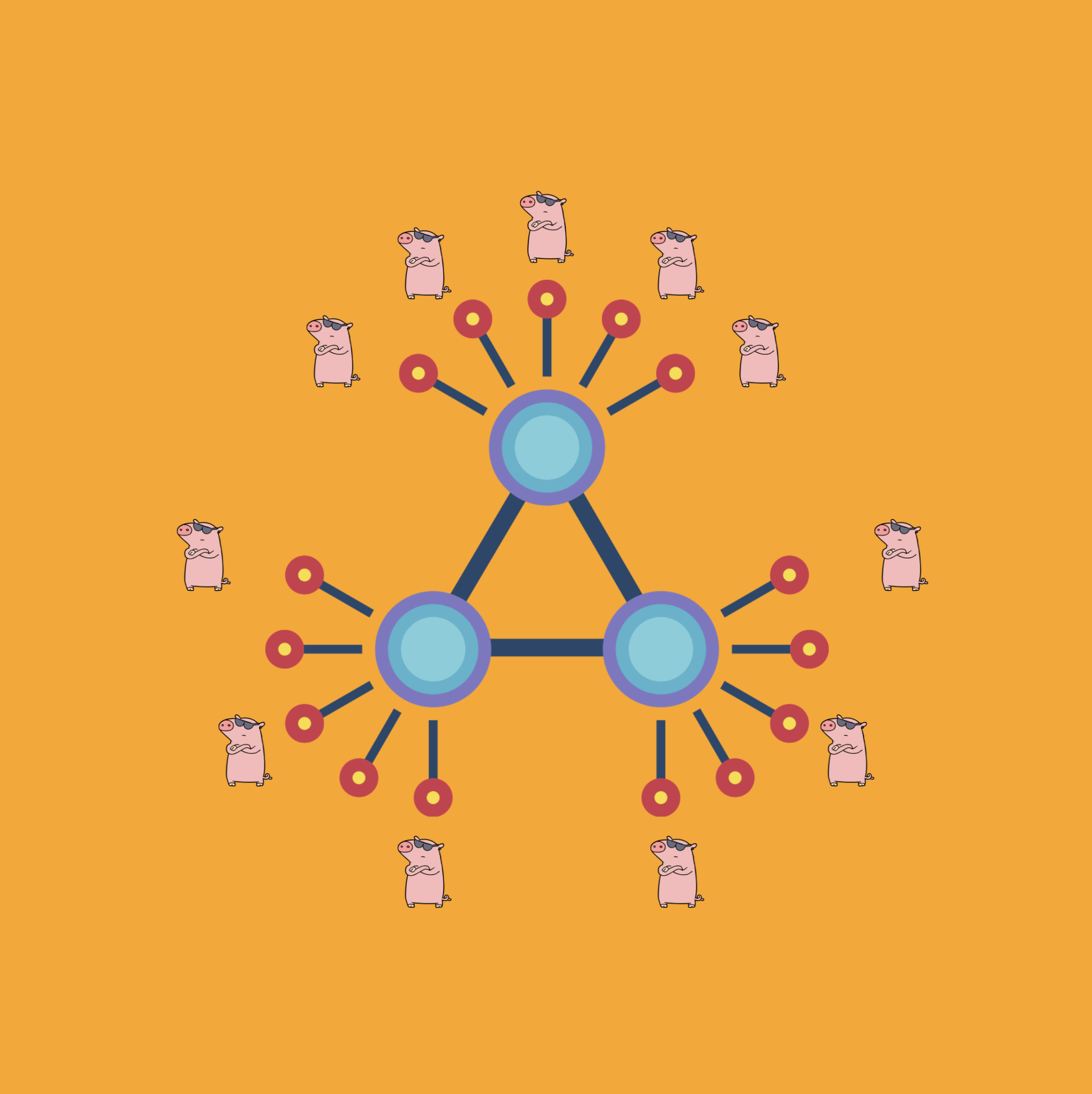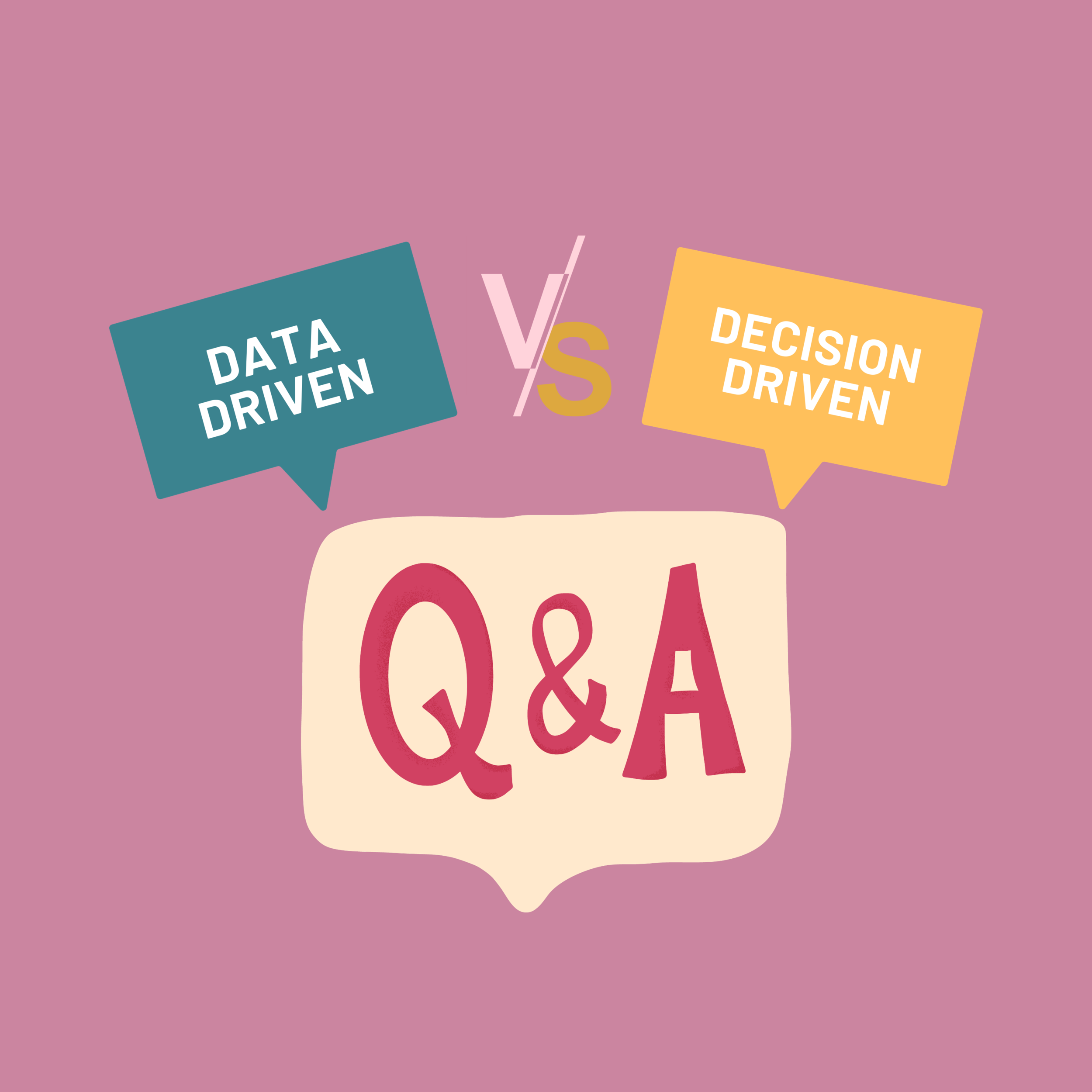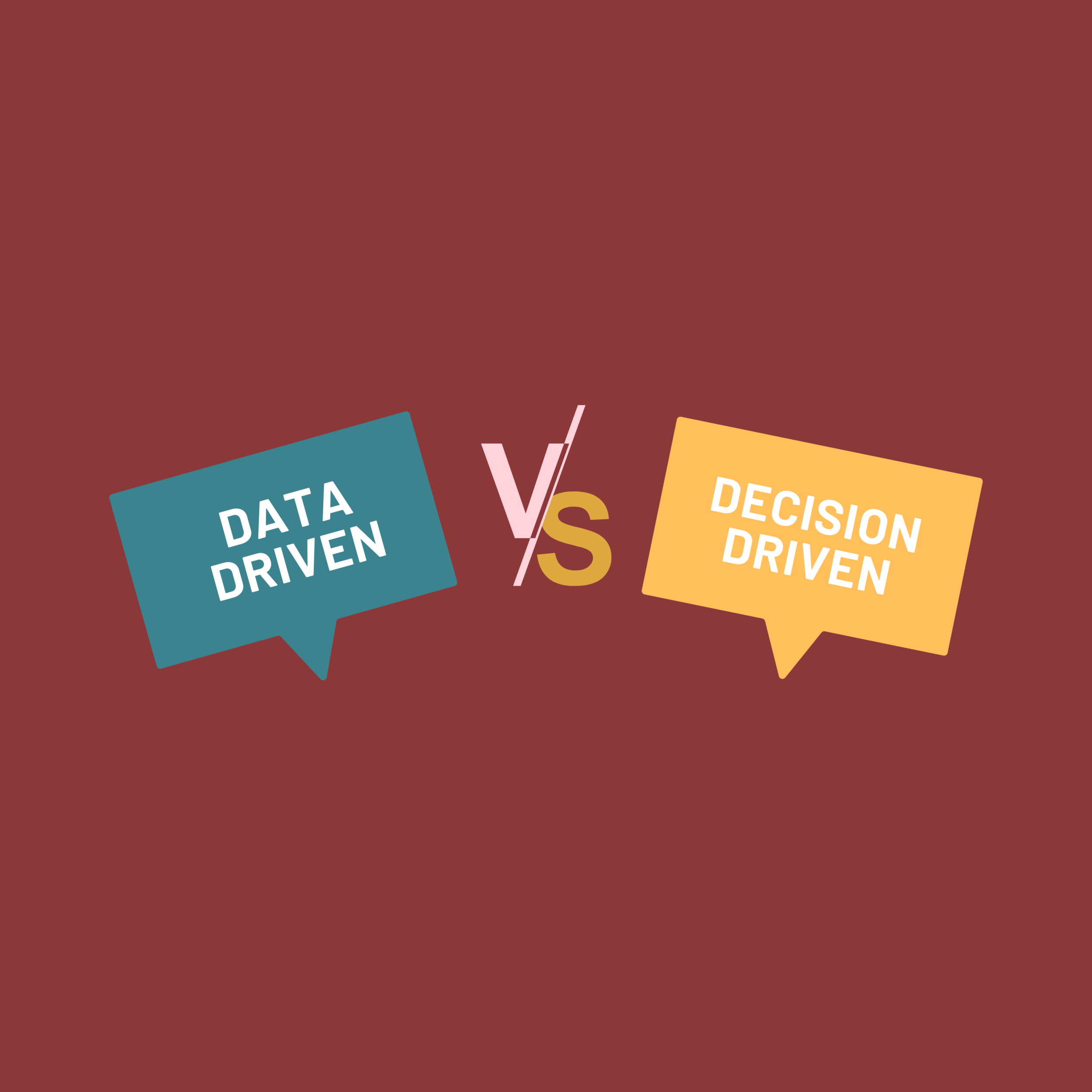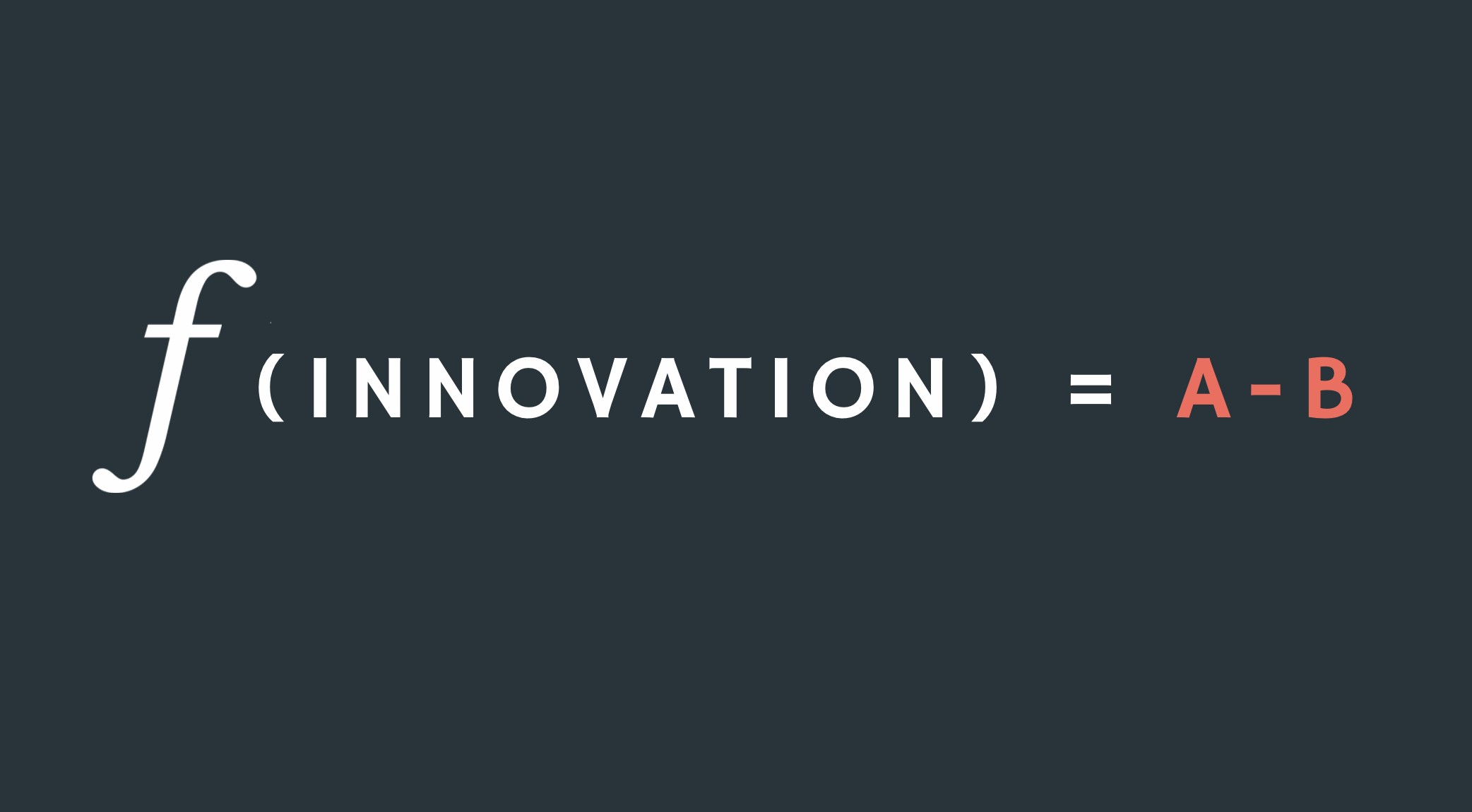Singapore’s AI-Driven Healthcare
The Singapore National University Healthcare System shows how ModelOps data helps answer “Medical Phone Calls” every day.
This depiction of the NUHS system is derived from the multiple public resources noted in the footnotes of this article. Explore them for details on the algorithms, Endeavor rollout schedule, and process flow described here. Source: www.techno-sapien.com
Larry Page’s college advisor told him to find problems where technology could help “answer a million phone calls a day.” Page, as we now know, was an overachiever! He cofounded Google, which handles a million queries every 15 seconds.
Google illustrates a fundamental principle of innovation: solve problems of scale.
The National University Health System in Singapore illustrates model operationalization at work. They deploy algorithms that improve day-to-day decision-making for proactive, preventive, intelligent healthcare at scale.
The Singapore Healthcare System: A Case Study In Scaling AI
Here’s how it works. Patients visit a point of care, as in any country: their local hospital or clinic. Front-line healthcare workers collect vital signs, observations from exams, and patient responses to questions in an electronic medical note-taking system.
Then the magic happens.
Your notes are sent securely to a NUHS system called Discovery AI. The system is powered by a database of hundreds of thousands of anonymized patient medical records, cases, lifestyle habits, and admission history.
The diagnosis algorithms in the Discovery AI system analyze each note by comparing it to patterns in the Discovery database. Algorithms diagnose your condition, and, perhaps just as importantly, predict potential future health problems, in some cases, 40 weeks or more into the future.
Diagnostics and predictions, along with recommendations about what to do next, are returned to your caregiver.
All this happens in the blink of an eye.
The cycle repeats until you and your doctor make decisions.
This is AI answering healthcare “phone calls” at scale. The operators answer the calls are algorithms, put to work by model operationalization. It’s an incredible day-to-day application of AI for the public good, and, to my knowledge, one of the most future-facing examples of AI in production use in a healthcare system.
Smart Getting Smarter
But there’s more!
Each visit, each case, is anonymized and securely added to the Discovery AI database. Over time, as new patterns emerge and new patients are compared against its growing history, new insights are discovered. A smart system gets even smarter.
On Collaboration, Transparency, and Ethics
Some NUHS algorithms, like appendicitis prediction, have achieved 90 percent accuracy. And more are on the way. As data grows, so do accuracy and insight.
NUHS shares its findings in the global healthcare and tech community. For example, they hold “datathons” with MIT and to find new algorithms with peer review. In Big Data and Machine Learning Algorithms for Health-Care Delivery, Chief Technology Officer Ngiam Kee Yuan explains that algorithms are under development to predict eye disease, heart abnormalities, fractures, pulmonary disease, neurology disorders, septic shock, and cancer.
And NUHS has published widely (see below) on fairness, ethics, and their own findings. Their data is kept anonymous and secure. Over time, the model operationalization system builds data about the algorithms themselves so they may be scrutinized, compared and improved.
AI Model Operationalization Can Help Answer the Phone Millions of Times
According to the CDC, there are 860.4 million healthcare visits a year in the United States. That’s over 2 million “healthcare phone rings” a day. NUHS shows how effective AI operationalization can help answer those calls in a smart, predictive, real-time way.
“It’s a tool that we use on a day-to-day basis. So it’s not research anymore, it’s production,” said Doctor Ngiam. I’m guessing Endeavor AI and its innovative use of technology would make Larry Page’s advisors proud.
APPENDIX
Although I co-presented with Dr. Ngiam at TIBCO’s user conference this year, this article is entirely based on public information. To watch the replay of our presentation, register at now.tibco.com to watch the replay. To explore the ideas in this article more specifically, visit:
The algorithms in use and under development from Discovery AI are described in Big Data and Machine Learning Algorithms for Health-Care Delivery by Ngiam Kee Yuan. Note: you must buy this paper from the site. It lists the algorithms under development and is the source of my (edited) list: “predict eye disease, heart abnormalities, fractures, pulmonary disease, neurology disorders, septic shock, and cancer.”
The Discovery AI flow diagram created by the author based on all these publications, and especially Working towards greater data integration in healthcare – origins of NUHS’s DISCOVERY AI platform by Healthcare IT News which features interviews with Dr. Ngiam and How Singapore is building AI for Predictive Healthcare.
Public details Discovery AI system and its deployment schedule are here.
Datathon details, sponsored by the National University of Singapore (NUS), National University Health System (NUHS), and MIT Critical Data are here.
Dr. Ngiam’s opinion piece in The Asean Magazine was re-posted on LinkedIn by the author here.
Statistics about doctor visits in the United States come from the CDC of the United States.
Larry Page’s Commencement Address at the University of Michigan, the source of his discussion about “answering the phone call a million times a day.” The full quote is: “As a Ph.D. student, I actually had three projects I wanted to work on. Thank goodness my advisor said, "why don't you work on the web for a while". He gave me some seriously good advice because the web was really growing with people and activity, even in 1995! Technology and especially the internet can really help you be lazy. Lazy? What I mean is a group of three people can write software that millions can use and enjoy. Can three people answer the phone a million times a day? Find the leverage in the world, so you can be more lazy!”
Full disclosure: I have a commercial interest in NUHS in that they are a customer and early adopter of one of the key capabilities of this system, Model Operationalization, which makes it easy, safe, secure, and manageable to deploy AI models at scale. That is, in some organizations, IT organizations re-write every algorithm shared by data scientists. ModelOps disintermediates that blockage by providing low-code / no-code tools to more quickly move models from research into production.



